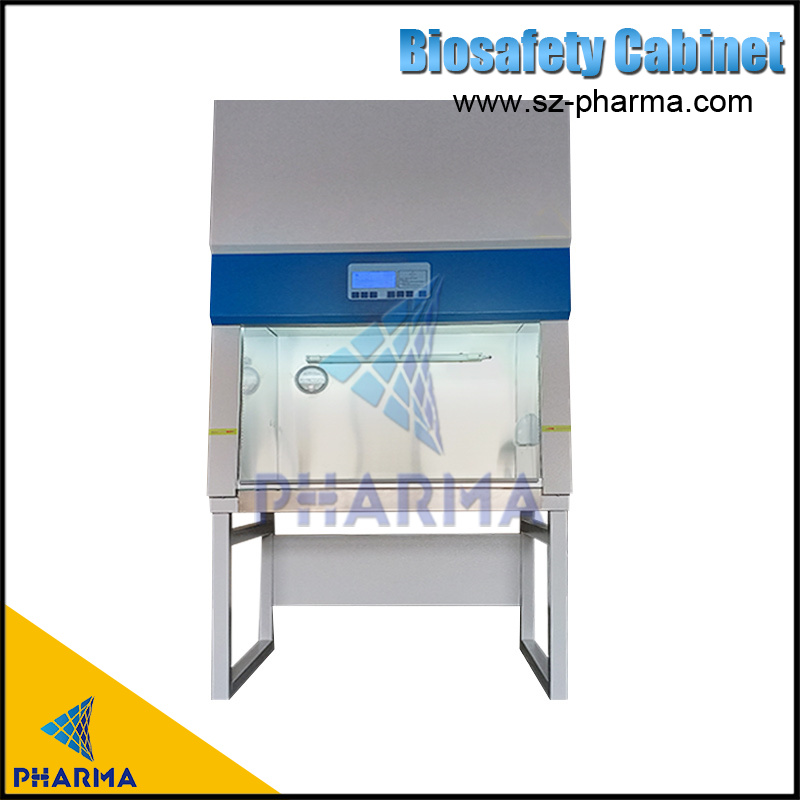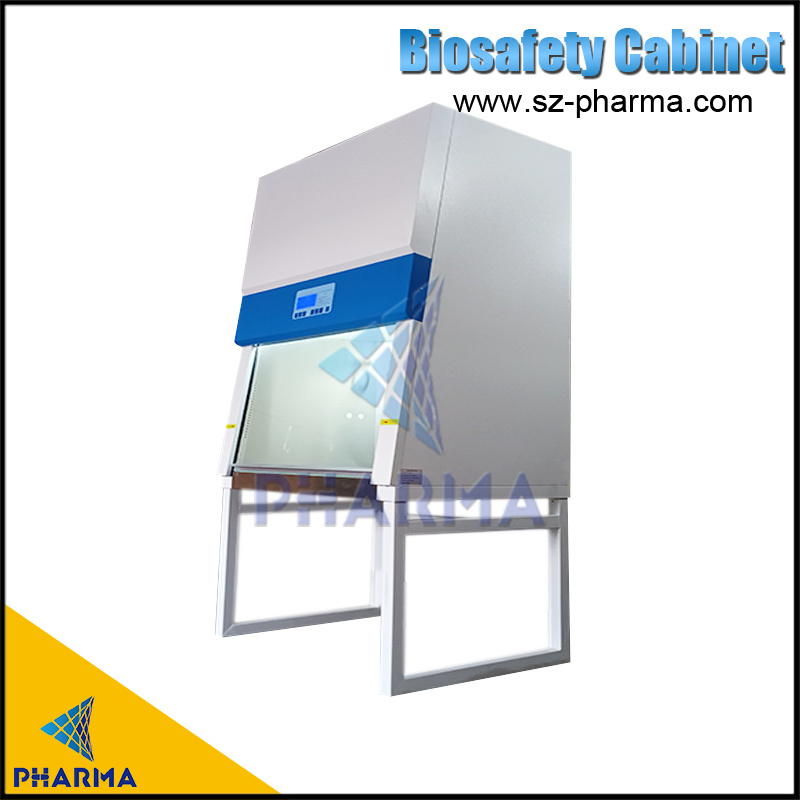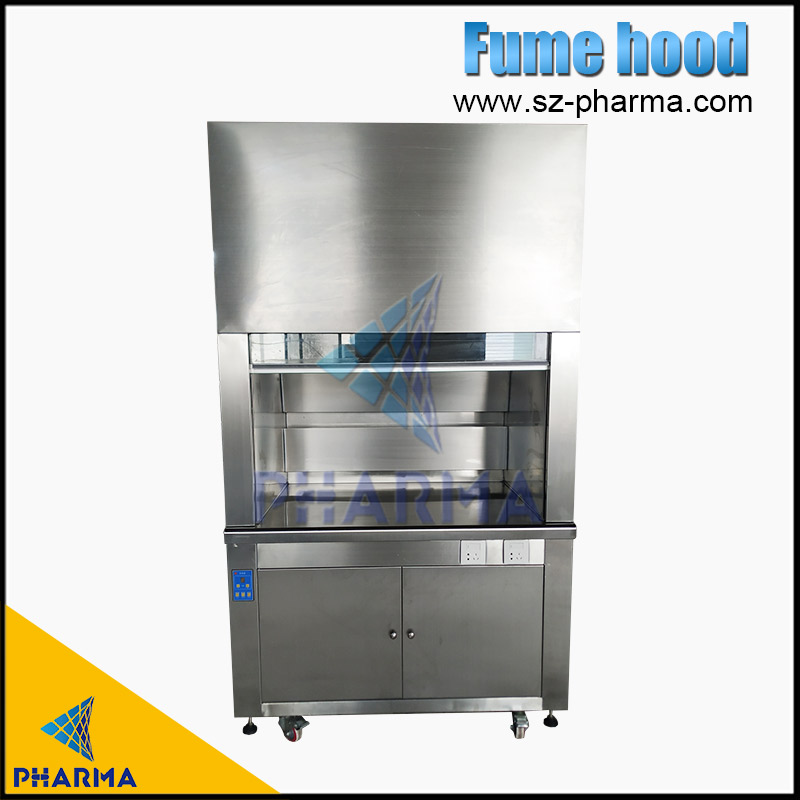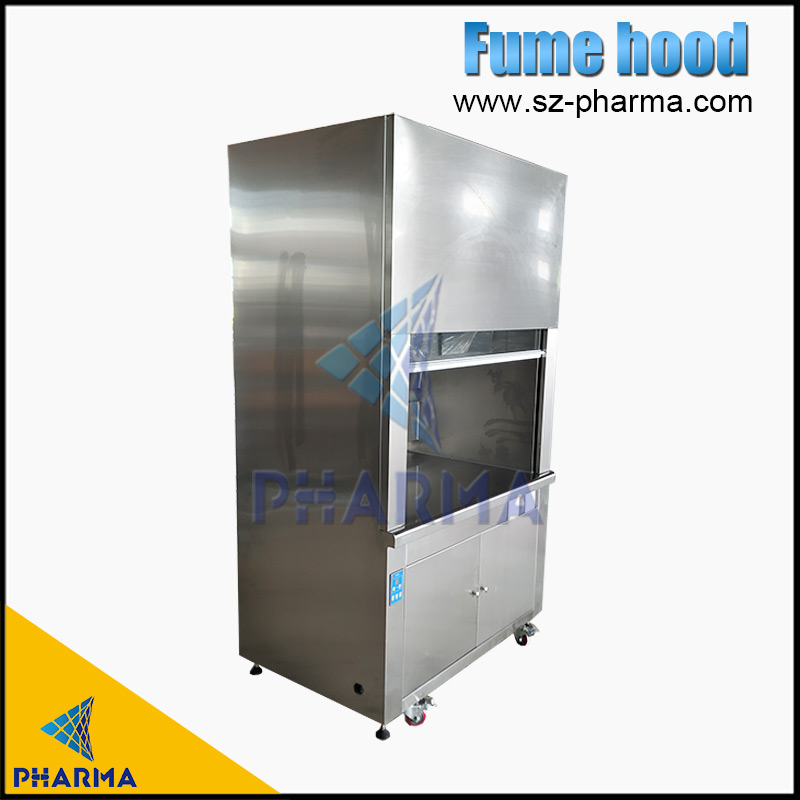How Should Different Laboratories Correctly Select Biosafety Cabinets?
SUZHOU PHARMA MACHINERY CO.,LTD.2023-03-270 views
~Suzhou Pharma Small Class~
1. When the biosafety level of the laboratory is Grade I or Grade II, the operation may produce microbial aerosol or spill, the Grade I biosafety cabinet can be used;
2. When the biosafety level of the laboratory is Class II and infectious materials are handled, the Class II biosafety cabinet with partial or full ventilation shall be used; If the laboratory involves the treatment of chemical carcinogens, radioactive substances and volatile solvents, it can only use Class II-B full exhaust (B2) biosafety cabinet.
3. When the biosafety level of the laboratory is Grade III, Grade II or Grade III biosafety cabinet shall be used; For all operations involving infectious materials, the fully ventilated Class II-B (B2) or Class III biosafety cabinet shall be used.
4. When the biosafety level of the laboratory is Grade IV, the Grade III full-exhaust biosafety cabinet shall be used. When personnel wear positive pressure protective clothing, they can use Class II-B biosafety cabinet.
The secondary biosafety cabinet can be divided into four levels according to the inlet air velocity, exhaust mode and circulation mode: A1, A2, B1 and B2. The specific differences are as follows:
The minimum or average measured air velocity of the front window of A1 type safety cabinet shall be at least 0.38m/s. There is no internal circulation air flow, and 100% of the gas is filtered out through the exhaust port.
The minimum or average measured air velocity of the front window of A2 type safety cabinet shall be at least 0.5m/s. 70% of the gas is recycled to the working area through HEPA filter, and 30% of the gas is filtered and discharged through the exhaust port.
The minimum or average measured air velocity of the front window of the B1 type safety cabinet shall be at least 0.5m/s. 70% of the gas is discharged through the HEPA filter at the exhaust port, and 30% of the gas is recycled to the working area through the HEPA filter at the air supply port.
The minimum or average measured air velocity of the front window of the B2 type safety cabinet shall be at least 0.5m/s. It is a 100% full-discharge safety cabinet without internal circulating air flow, which can provide biological and chemical safety control at the same time, and can operate microbial experiments with volatile chemicals and volatile nuclear radiation as additives.
In addition: 1. HEPA filter can not effectively filter and remove chemical gases. If chemical gases are released in biological test, biological safety cabinet equipped with external discharge pipe must be used. 2. If cytotoxic is involved in the test, the cytotoxic biosafety cabinet must be used.
summary
The biosafety cabinet is a negative pressure purification workbench. The correct selection and use of the biosafety cabinet can really protect the staff and laboratory environment; The ultra-clean worktable is only a clean worktable that protects the operating objects and does not protect the staff and laboratory environment; The fume hood may pollute the laboratory environment when the operating samples contain microorganisms in order to discharge the harmful gases during the experimental operation to the outside.
The fume hood and ultra-clean worktable are not biosafety cabinets and cannot be used in the experiment or production process involving microbial materials. In the scientific research, teaching, clinical inspection and production of microbiology and biomedicine, we should learn to correctly select and use biosafety cabinets, ultra-clean workbenches and fume hoods.




Suzhou Pharma Machinery Co.,Ltd.
2023/03/07
Alice
You may also like

Automatic disposable inner ear loop surgical face mask making machine production line YQWD 100

Full Automatic High Speed KF94 FISH FACEMASK-YQWD 50

Noodle macaron pasta automatic weighing and packing machine

how to dry tobacco by IKE drying room

V type Linear Combination Weigher- Carrots Machine

New! Fish Weigher 18 Head Combination Multihead Weigher

Stick Jelly Multihead Weigher

Smart Weigh Dried Fruit Doypack Packing Machine And System

Mushroom & Liquid Preformed Bag Packing Line

Shredded Cheese 14 Head Multihead Weigher